Interesting Northern Italian Veneto Istrian Marble Sculpture of a ‘Pallonista’ a Player of the Renaissance Game ‘Pallone Col Bracciale’
An Interesting Northern Italian Veneto Istrian Marble Sculpture of a ‘Pallonista’ a Player of the Renaissance Game ‘Pallone Col Bracciale’ wearing a spiked wooden ‘Braccia’ on his right forearm and appropriately dressed for the energetic sport
Restored crack
18th Century
Size: 82cm high - 32¼ ins high
Restored crack
18th Century
Size: 82cm high - 32¼ ins high
An Italian 17th century Montelupo maiolica plate in the Victoria and Albert Museum depicts two men dressed in striped pantaloons and waistcoats wearing braccia on their forearms and playing the game with a large inflated ball. The word ‘pallone’ is Italian for an inflated ball and is the source of the English word ‘balloon’. Early on, the game must have been played with a larger, softer inflated ball and later a small, hard leather ball was used. The game is similar to the Valencian ‘pilota’, another traditional handball sport, but one that is played with bare hands.
‘Pallone col Bracciale’ was described by the Swiss art historian Jacob Burckhardt (1818 - 1897) as the ‘classical game of the Italians’. It was played in all the Renaissance courts in Europe and was regarded as a noble sport, as it was always played with the hands and never with the feet, which were thought an ignoble part of the body. Each side competing in the game has three players, the battitore, spalla and terzino, and the balls are struck back and forth with the ‘bracciale’ either before they bounce, after the first bounce or after hitting the lateral wall of a court. Today the game is only played in a handful of towns, but once professional players of ‘pallone’ were the highest paid sportsmen in the world with some, like the modern footballer, achieving celebrity status.
‘Pallone col Bracciale’ was described by the Swiss art historian Jacob Burckhardt (1818 - 1897) as the ‘classical game of the Italians’. It was played in all the Renaissance courts in Europe and was regarded as a noble sport, as it was always played with the hands and never with the feet, which were thought an ignoble part of the body. Each side competing in the game has three players, the battitore, spalla and terzino, and the balls are struck back and forth with the ‘bracciale’ either before they bounce, after the first bounce or after hitting the lateral wall of a court. Today the game is only played in a handful of towns, but once professional players of ‘pallone’ were the highest paid sportsmen in the world with some, like the modern footballer, achieving celebrity status.
Interesting Northern Italian Veneto Istrian Marble Sculpture of a ‘Pallonista’ a Player of the Renaissance Game ‘Pallone Col Bracciale’
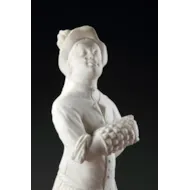
SOLD
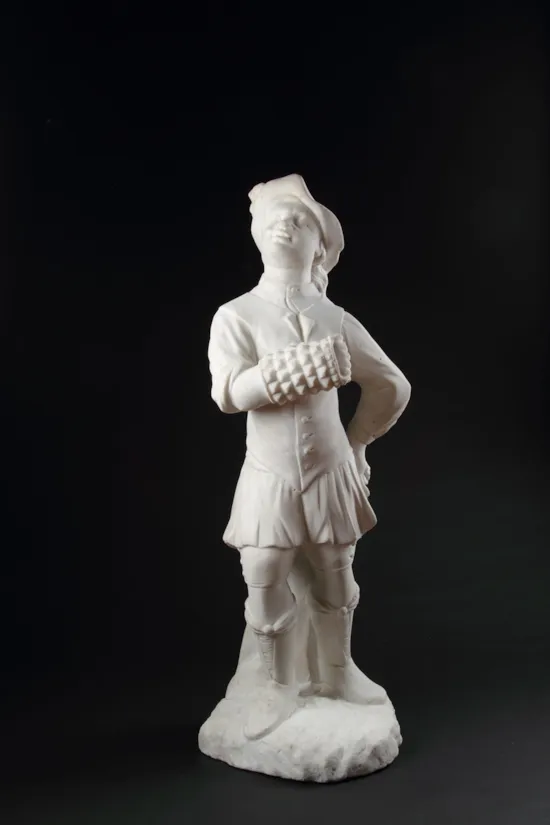
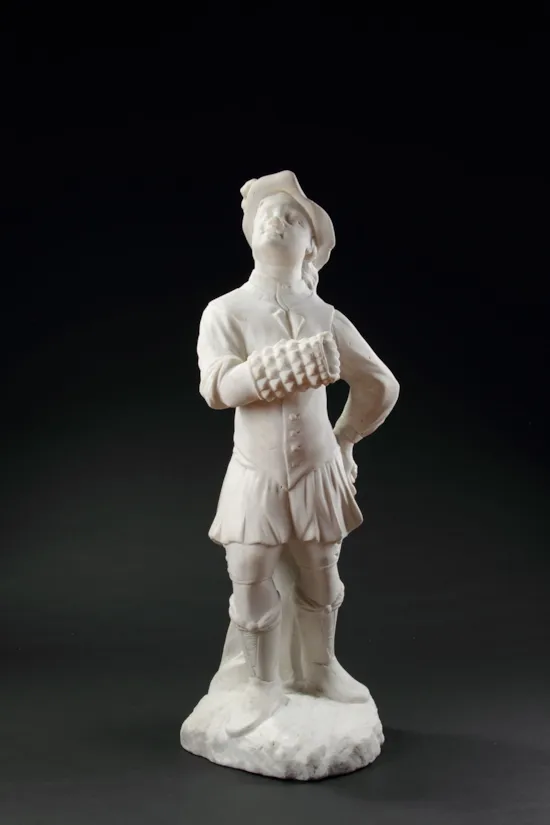
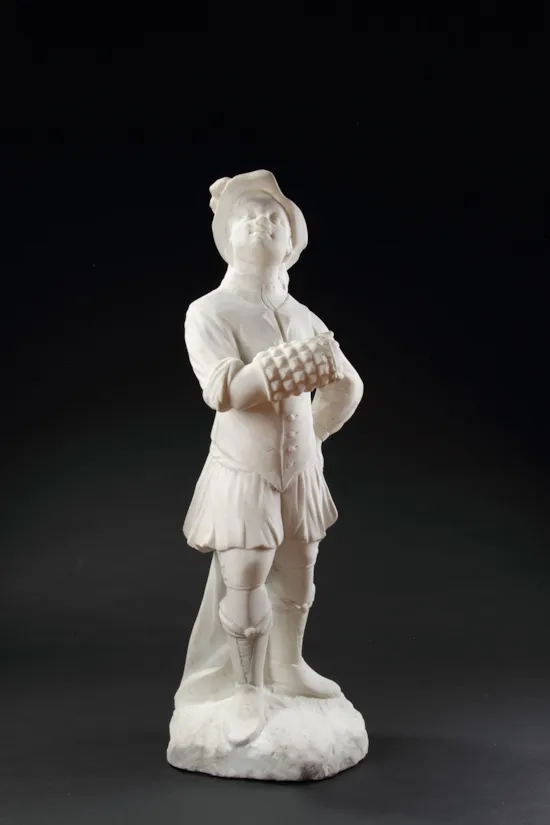
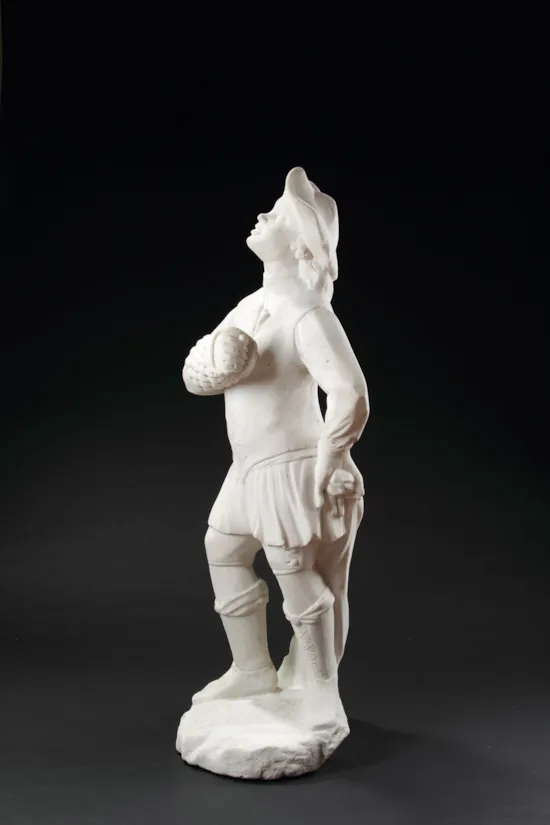
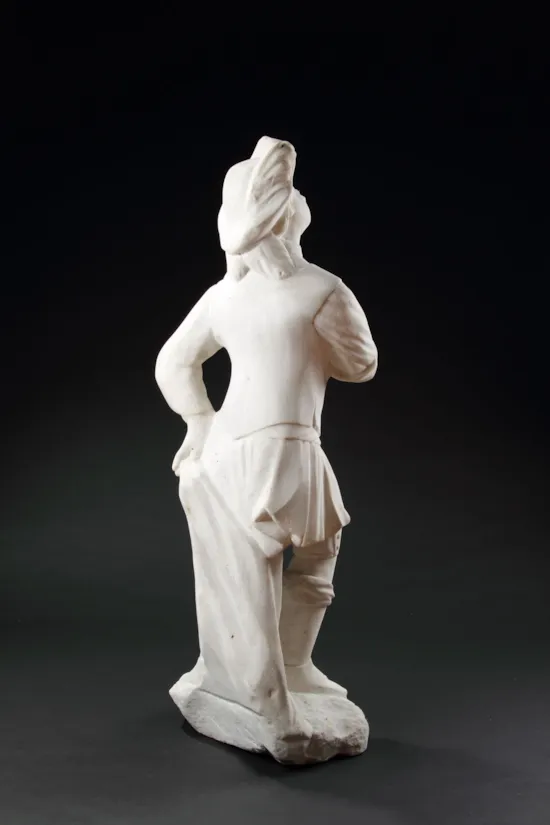
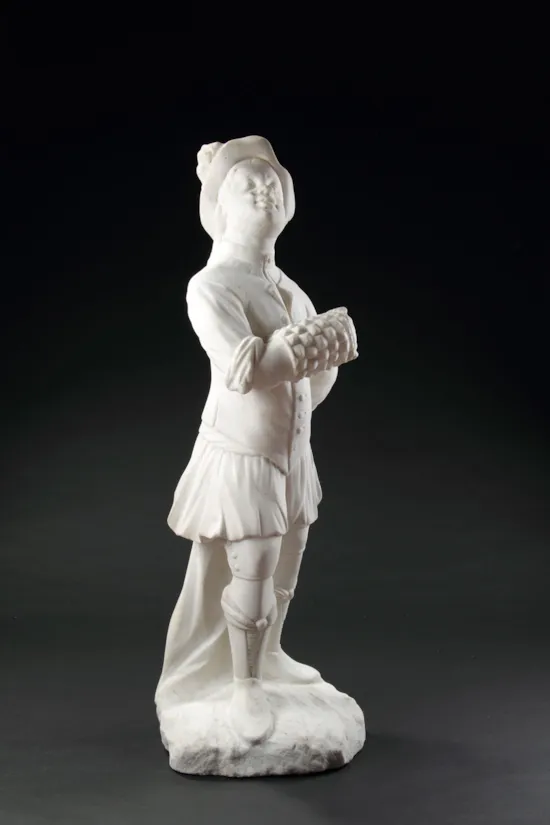
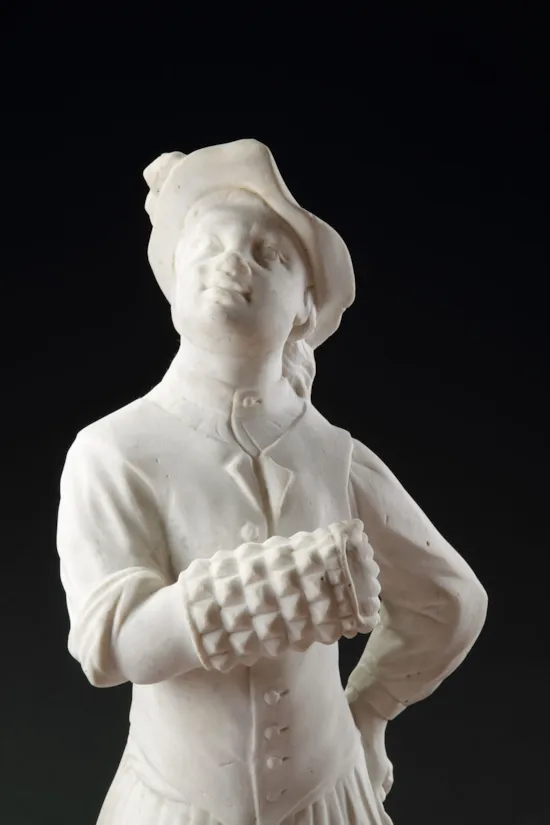
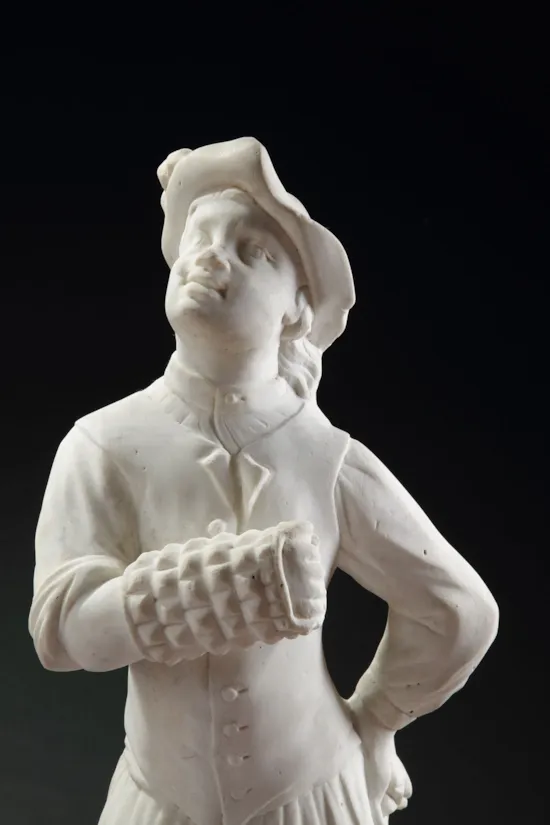








YOU MAY ALSO LIKE

